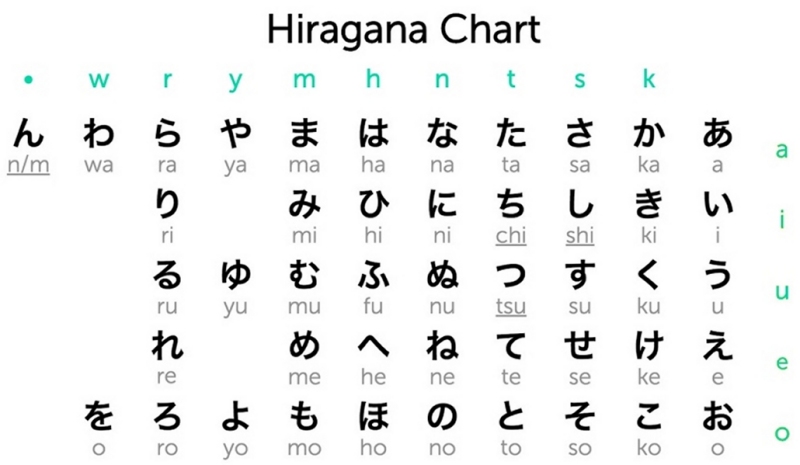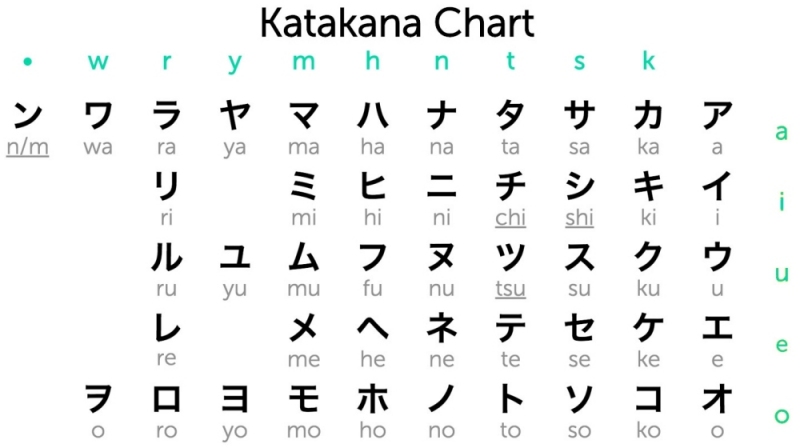
During the Japanese Colonial Period, items that were not intended for Koreans were written using a mixture of Kanji, Hiragana, and Katakana. Items that were intended for Koreans were written in traditional Chinese characters (Kanji). For example, a Japanese policeman, in Korea, receiving an award document would find it written in Kanji, Katakana, and Hiragana. A Korean policeman, receiving an identical award, would get a document written entirely in Chinese traditional characters. This page is done to help you with identifying Katakana or Hiragana characters. This is just a minor page on the subject, an introduction to the subject, if you please.
The Japanese language is written using three different types of characters: Kanji, Hiragana, and Katakana.
Chinese Traditional Characters, known in Japan as Kanji (Hanja 한자 in Korean), came from China in the 5th to the 6th centuries. Every Kanji character has a meaning. Several thousand Kanji characters are in regular use, and while most originate from traditional Chinese characters, there are others created in Japan which are referred to as “Japanese Kanji” (和製漢字), also known as “[our] country’s Kanji” (国字). In addition, in 1946 and again in 1949, the Japanese simplified 227 Kanji words. These simplifications are not recognized outside of Japan and most Japanese are unable to read pre-WWII Japanese, which uses the original Chinese traditional characters.
Over time, Hiragana and Katakana evolved to facilitate the “reading” of Japanese. These are phonetic letters, scripts or symbols, that individually by themselves, do not have any meaning. Each letter, with few exceptions, represents a unique sound in the Japanese language.
Hiragana (平仮名, ひらがな) means “common” or “plain” kana. Originally, it also meant “easy”, in comparison to Kanji. It consists of 46 basic characters that represent all the fundamental sounds of the Japanese language. Hiragana is used to write native Japanese words, grammatical particles, onomatopoeia, scientific names, and words for which there is no Kanji character. Most Japanese words fall into the “Native” category. (Most native Japanese words can also be written using Kanji.)

Katakana (片仮名、カタカナ) means “fragmentary kana”. These characters are derived from components or fragments of the more complex Kanji characters. Katakana is primarily used for “loanwords”, or words borrowed from other languages. There are two primary exceptions to this. Katakana is used for some animals and birds, which often have quite complex Kanji characters, even though they are “native” Japanese words. Secondly, Katakana is sometimes used for native words, to add emphasis. This is particularly found in advertising and is similar to a Japanese version of writing in ALL CAPS.
You may hear the term “Romaji”. This is the Romanization of the Japanese language, where Japanese words and sounds are written using the Latin alphabet. Romaji is typically used to aid in the pronunciation and understanding of non-Japanese speakers, as well as in certain contexts like computer input, acronyms, particularly ones imported from English like “DVD” and “ATM”, and it allows Japanese to be typed using an English keyboard. However, Romaji does not capture all the nuances and distinctions present in the hiragana and Kanji writing systems. It is sometimes used for emphasis in things like advertising and other signage.
Because of this mixture of scripts, in addition to a large inventory of Kanji characters, the Japanese writing system is one of the most complicated currently in use.
